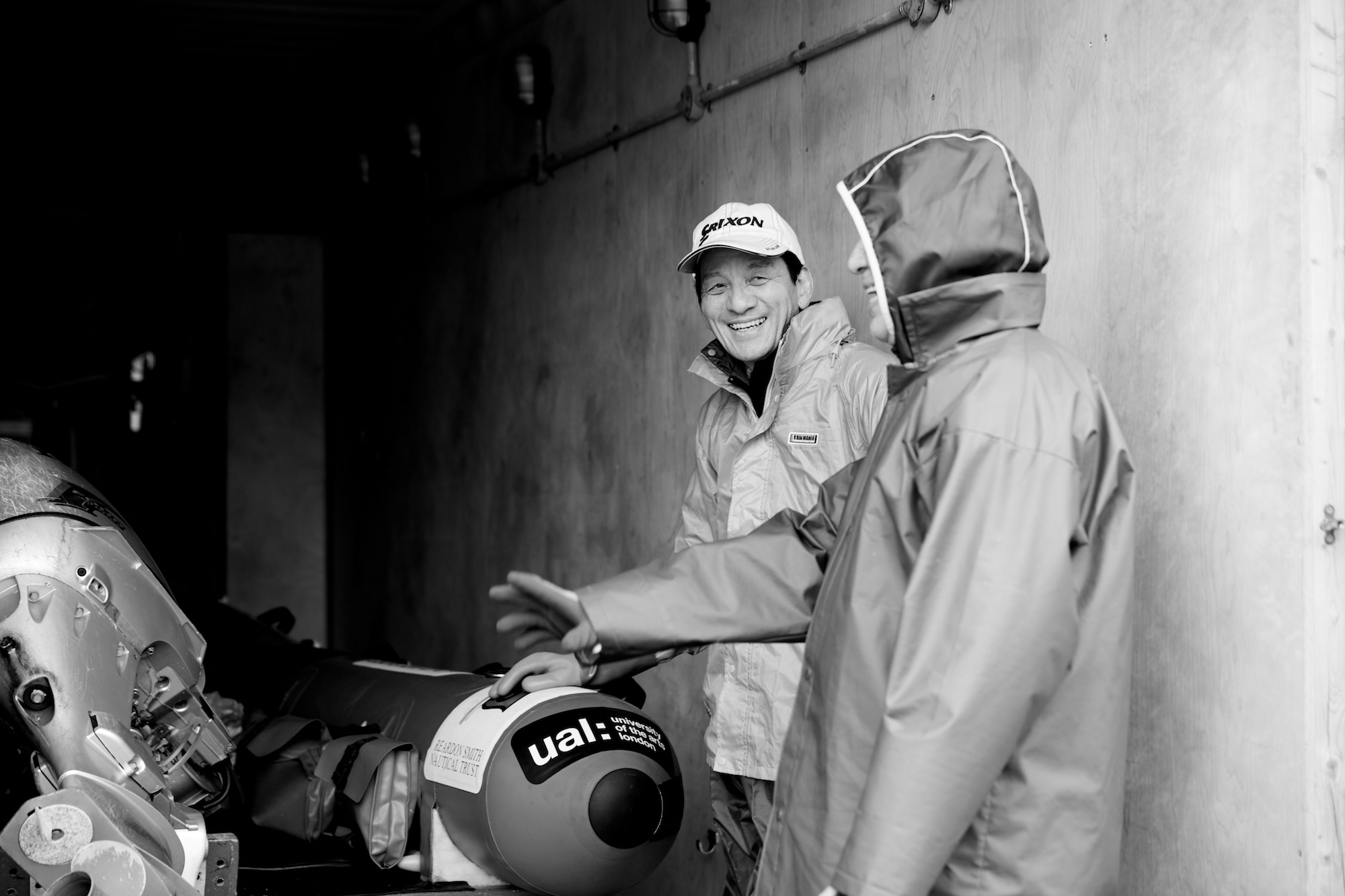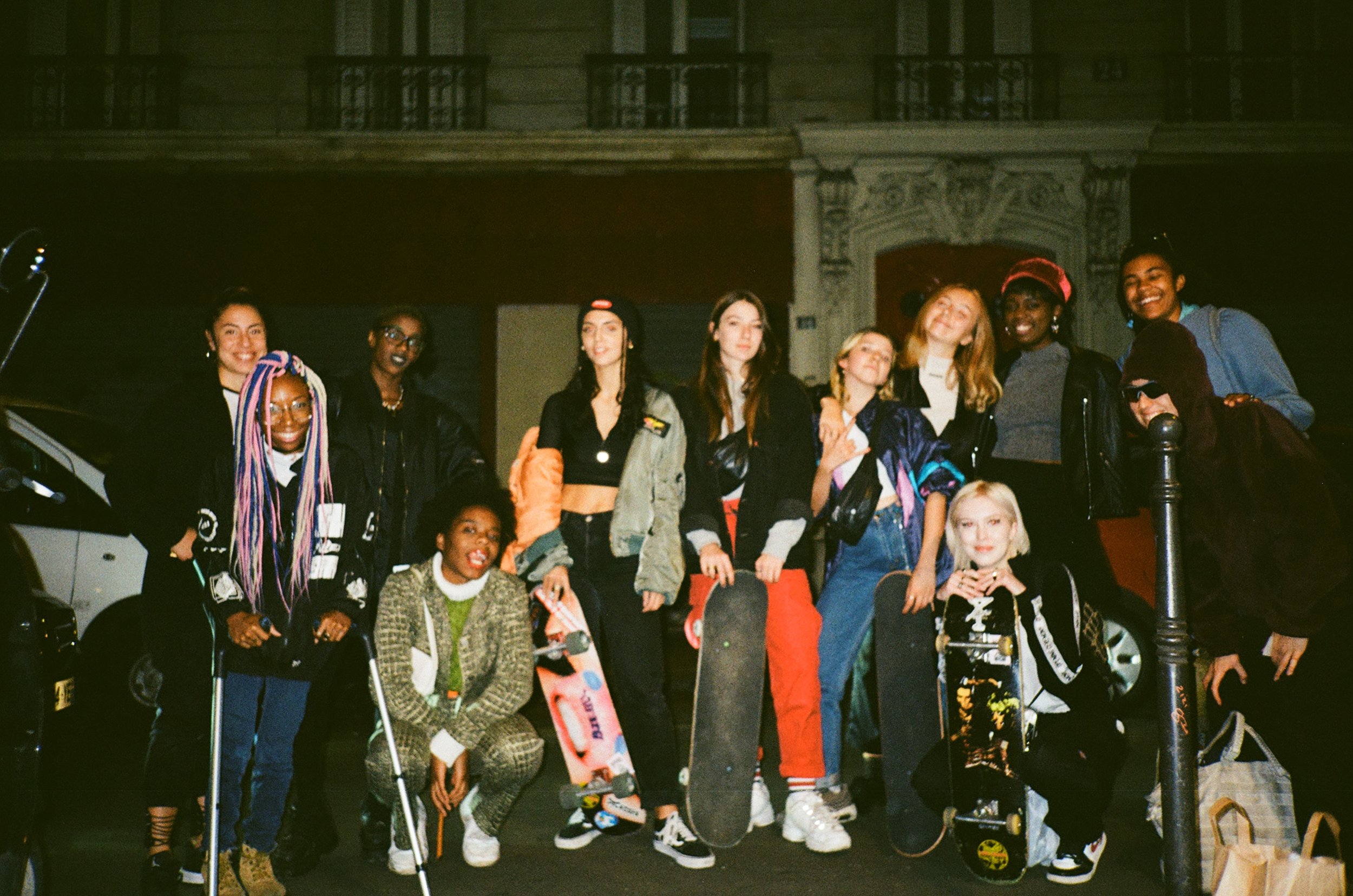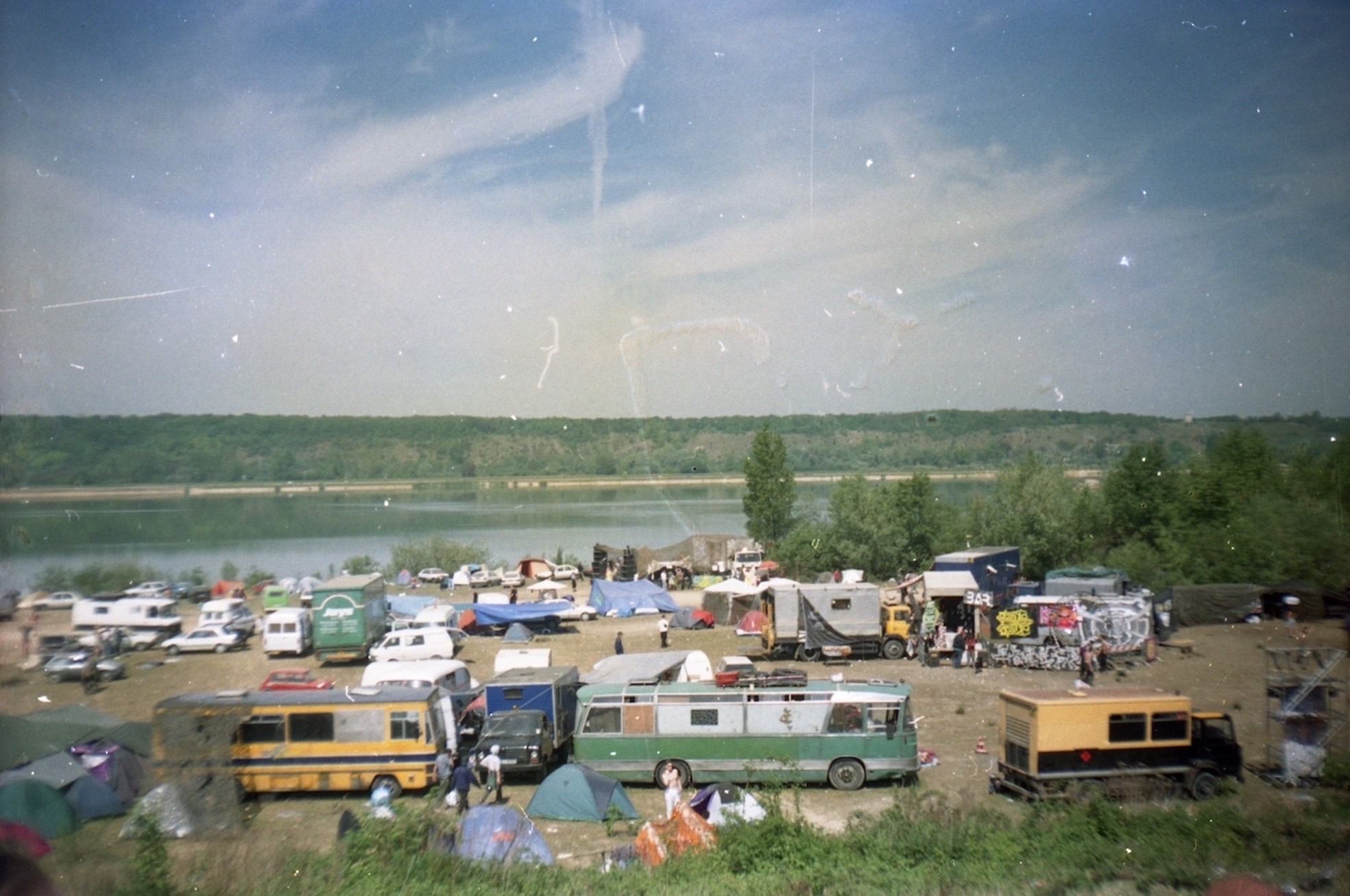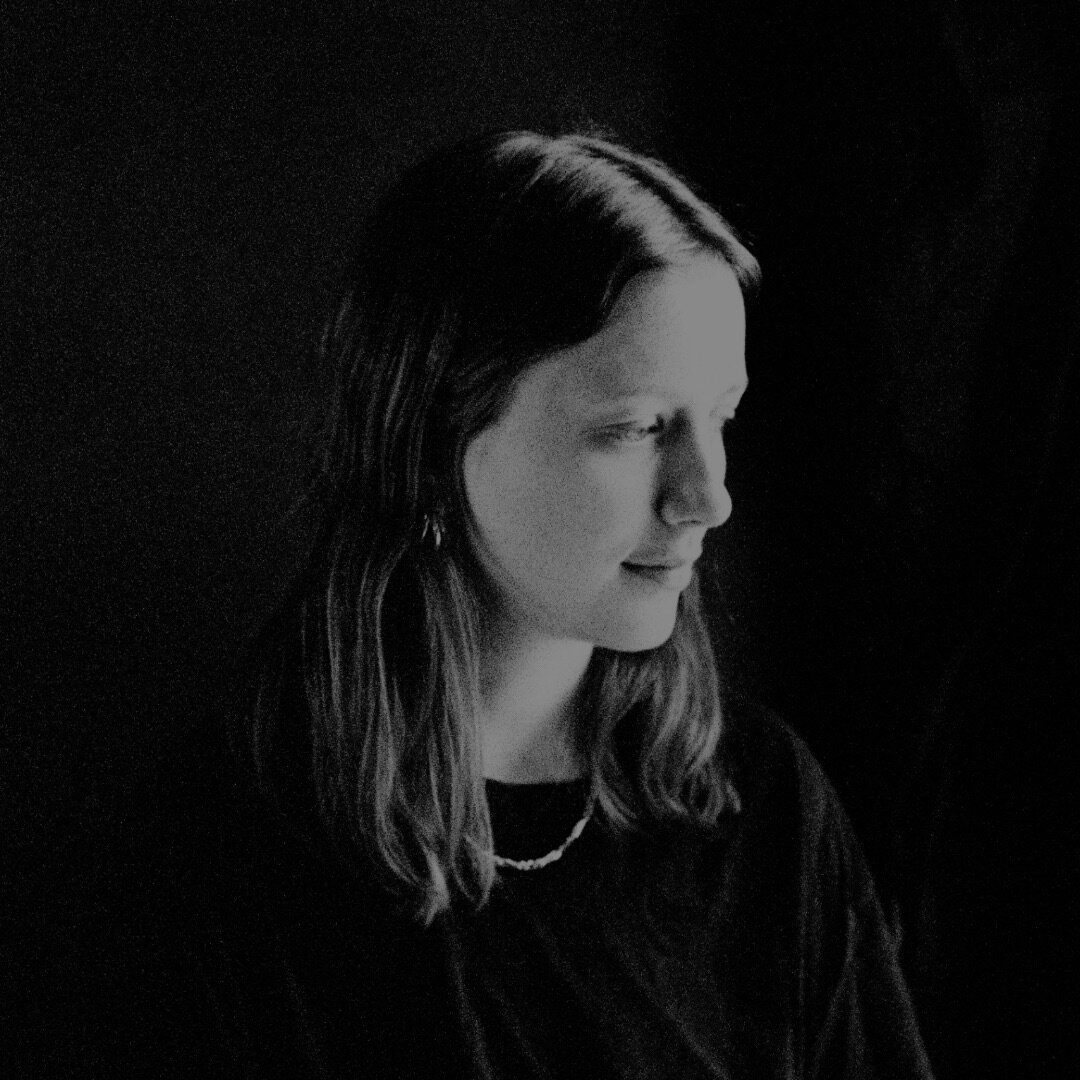Utopia Now! Rave & Resistance in the Middle East

Queerhana was born in Tel Aviv as spontaneous free parties, out in the streets, in public parks and underground passages. Starting from 2001, the parties were organized by a loose collective, and grew into a social community. Political tensions and violence were frequent, as usual in Israel/Palestine. Yet it was in this landscape that a utopian carnival spirit took shape…
“The break from the permitted and legal spaces positions the joyfulness of these gatherings as a form of resistance.”
The story of Queerhana will sound familiar to subcultural ears – a story of a dedicated group with a vision and a mission, to change their weekends and their little worlds, and maybe a little more than just that. Their collective efforts are put into self-organised, non-commercial events, with a drive to rise above the unspoken oppression and enslavement that is modern day life. The break from the permitted and legal spaces allowed for leisure – the outdoors, squats or public spaces – positions the joyfulness of these gatherings as a form of resistance.
This book was inspired by that kind of memorable subcultural experiences: watching a pink sunrise high at a desert rave with a group of close friends. Illegal street party fucking up the whole perception of how the streets can be experienced and the kind of chaos a random Friday afternoon could escalate into. Or a solidary action to support communities affected by racism and discrimination. Each to their own “Temporary Autonomous Zones”. As temporary islands beyond the reality of social divide and alienation, these kind of experiences enable another kind of human connection, and an experience of something more real than could ever be offered to us by the world of work-leisure-consumption.
The self-organised approach resonates the ideas of British punk band Crass, who initiated the anarcho/peace-punk movement of the 1980s, with the idea of creating a concrete foundation of independent cultural production and living outside of the capitalist system. They lived together in a commune, printed their own record covers and supported squats and community centers. Their “anarchy and peace” message and practice resonated with our own feelings when starting Queerhana, of rage and a drive to create positive change. The illegal rave scene in the 1990s was a mutation of that peace-punk spirit – the free party scene in the UK, as well as the trance nature parties in Israel, transformed punk’s rage into a pirate party culture. Persecuted consistently by the authorities, who obviously had some intuitive understanding of the rebellious essence of raves.
“Queerhana opened up a new space with its actions, its territories usually marked by dayglo pink ribbons and parts of broken dolls”
The events of Queerhana came to exist at the point when those raves were starting to miss something. They were still fun, but that fun did not reflect or approve of the insane political reality that was forming around us, as well as social issues like homophobia and gender trouble. And so Queerhana was born – in a cross-pollination process of western subculture and queer ideas, and the local Middle Eastern cultures and troubled reality. Queerhana opened up a new space with its actions, its territories usually marked by dayglo pink ribbons and parts of broken dolls, within them formed what felt like lasting/temporary alternative free realities. The messages were expressed in the parties in humorous, grotesque manners, through drag, music, video projections and and theme parties.
“Participants in the carnival feel they are part of an “utopian collective body”, where life is lived as festive”
The approach and tactics used by Queerhana evoke the ancient practice of the Carnival. The carnival, as Russian thinker Mikhail Bakhtin described it, carries a particular subversive wisdom which is rooted as far back as in the ancient world. It is a moment in which everything is permitted, a happening on the border between life and art, a form of life shaped by the principles of playfulness, the elimination of any hierarchy and an intense sense of unity. participants in the carnival feel they are part of an “utopian collective body”, where life is lived as festive. It is not to be seen as a hedonist escape from “true” reality – but rather an expression of a more desirable form of being and potential. These principles can be recognised for instance in modern music festivals, in raves and mass protest movements.
This book explores the different experiences Queerhana generated in its members lives. Yossi Lampel writes about the birth moments of Queerhana, at the street parties of Allenbeach, where the sound system is locked inside a cage and the DJ is hidden in a bomb shelter. Ambar Rogea meets Queerhana as a student in search of ways to bypass the fake life offered to her, when new challenging dimensions open up. Samira Saraya finds a place in Queerhana where she can be a lesbian and a Palestinian, feminine and masculine at once, without all this threatening anyone. Moran Rosenthal deals with the angle of gender playfulness and drag performance, and how it serves as a healing practice for the trauma of binary gender divide. Sami Zibak tells of the moment he crosses the border between Jaffa and Tel Aviv, and meets for the first time men in skirts and women with moustaches. Liora Lopian recalls the collective shock of a violent police raid at the Queerifada party. Tamara Schreiber takes us back to the party under the bridge, where dancing is mutiny. Romm Lewkowicz outlines the change from the politics of queer seduction to the politics of identities, and what we lost on the way. Avner Rogel embarks on an academic essay which follows the clues left behind by Queerhana in terms of ideas of queer temporality and better possible futures. And Lila Lilith travels back to the time before monotheism to the roots of queer practice in the Holy Land.
Photography by Asaf Evron, Shay Ben Efraim, ActiveStills, Oren Ziv, Boaz Y, Yael Meiri
By Bosque Utopico – Extracted from the foreword to Queerhana: Utopia Now! available here
Author account for the Good Trouble hive-mind.













